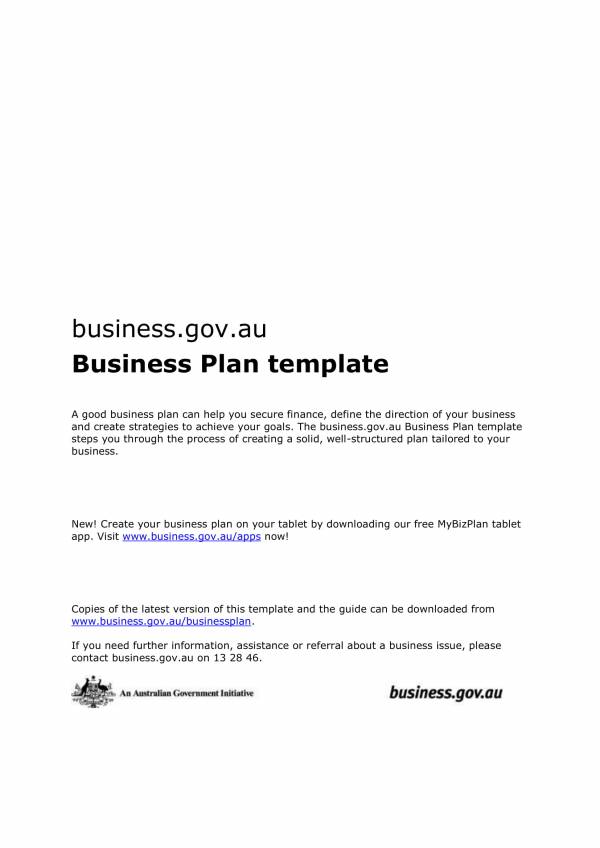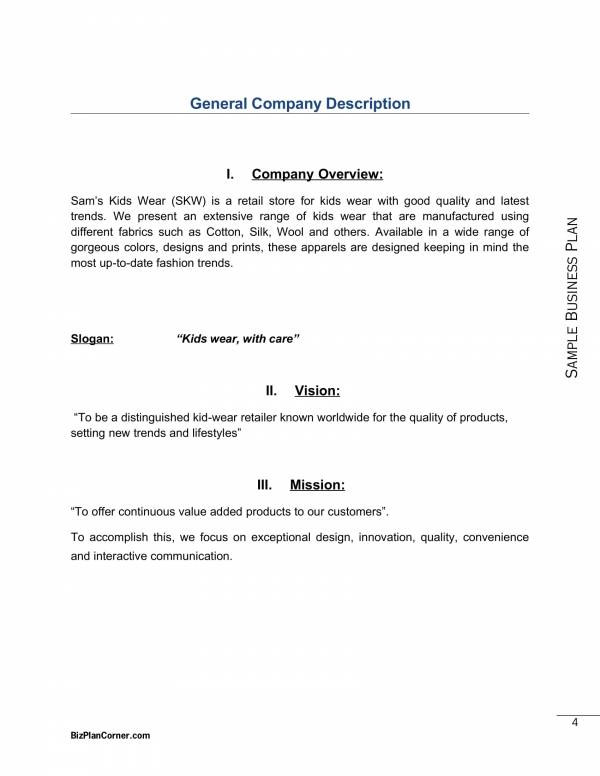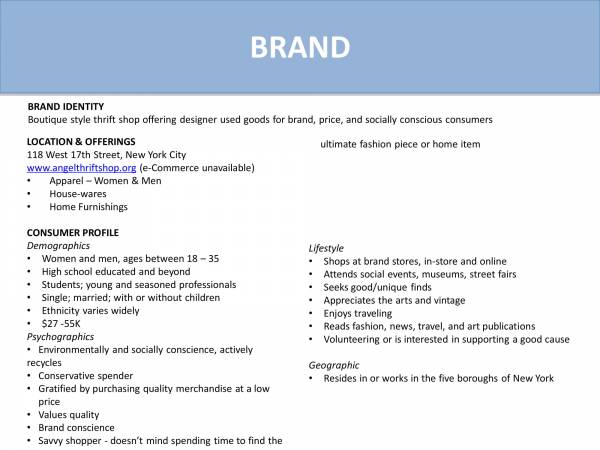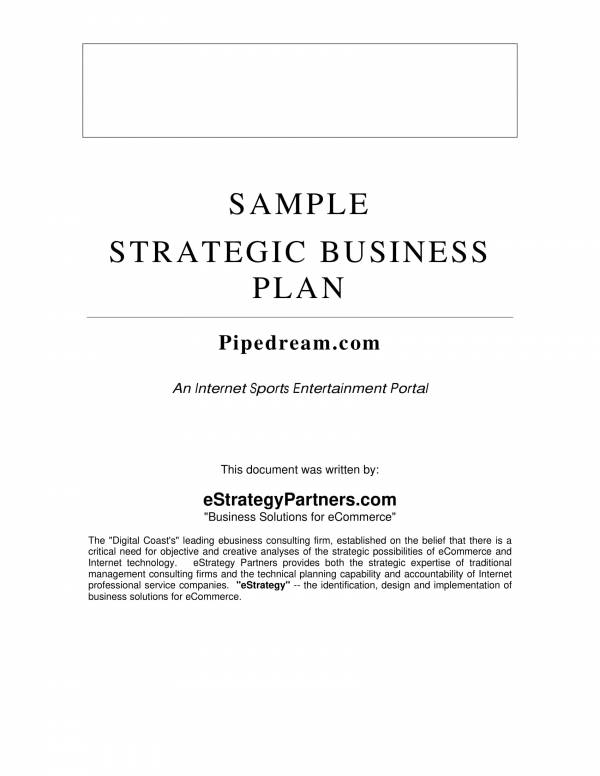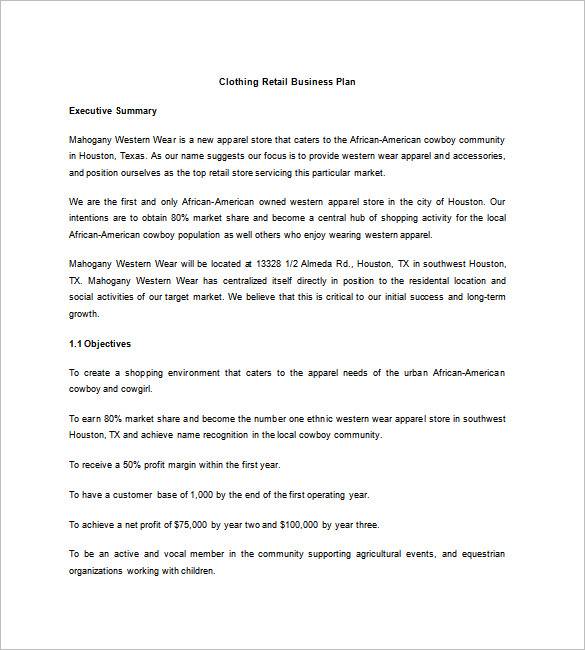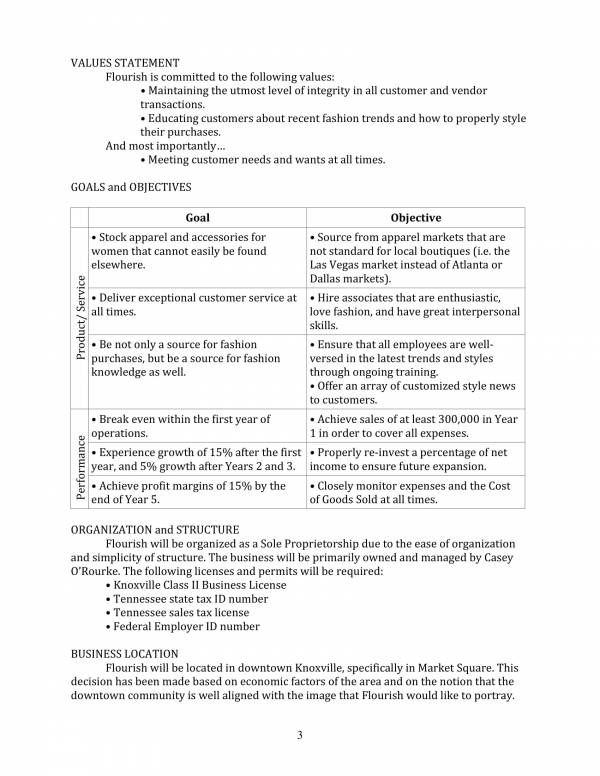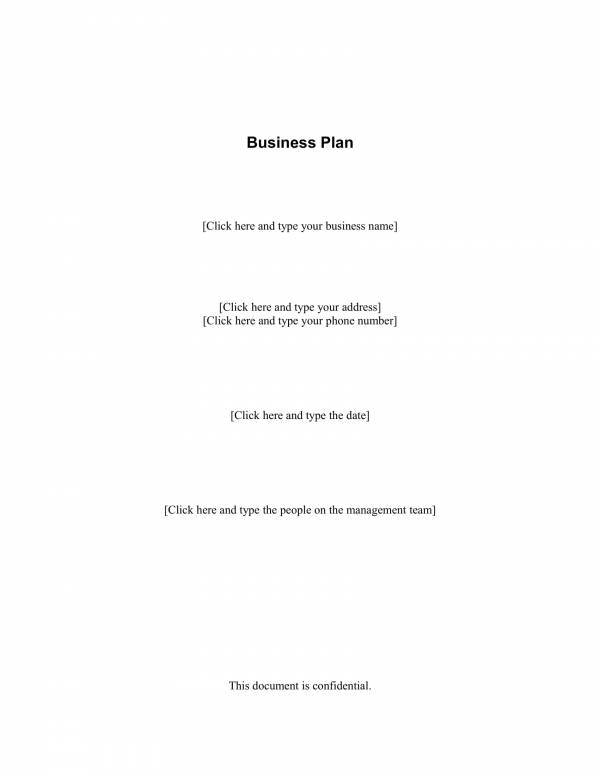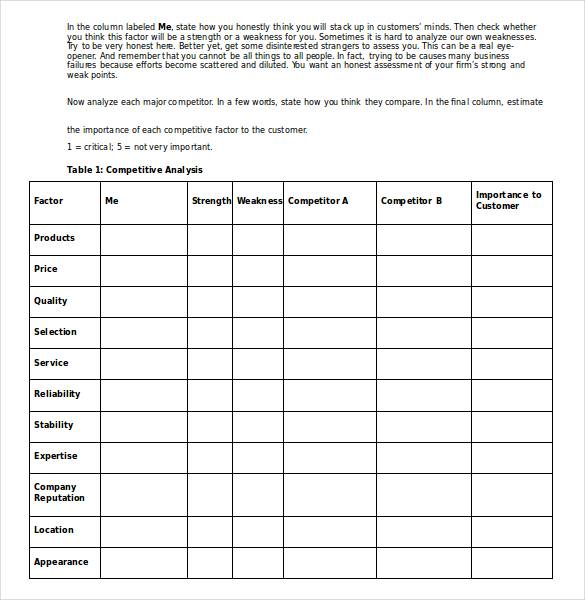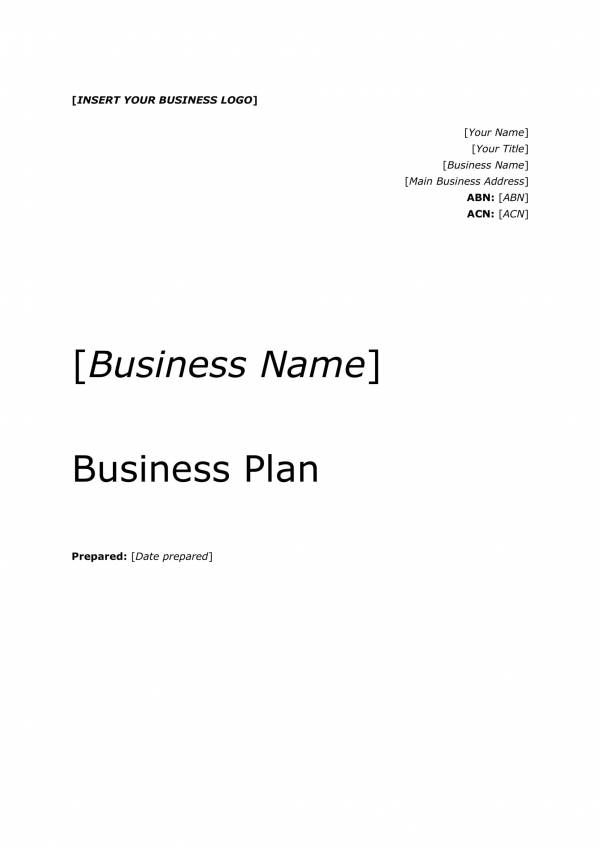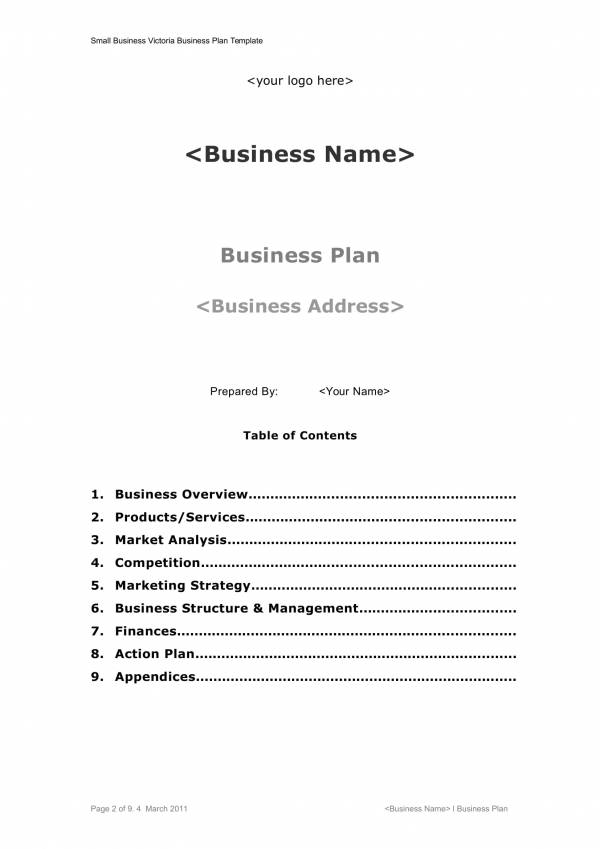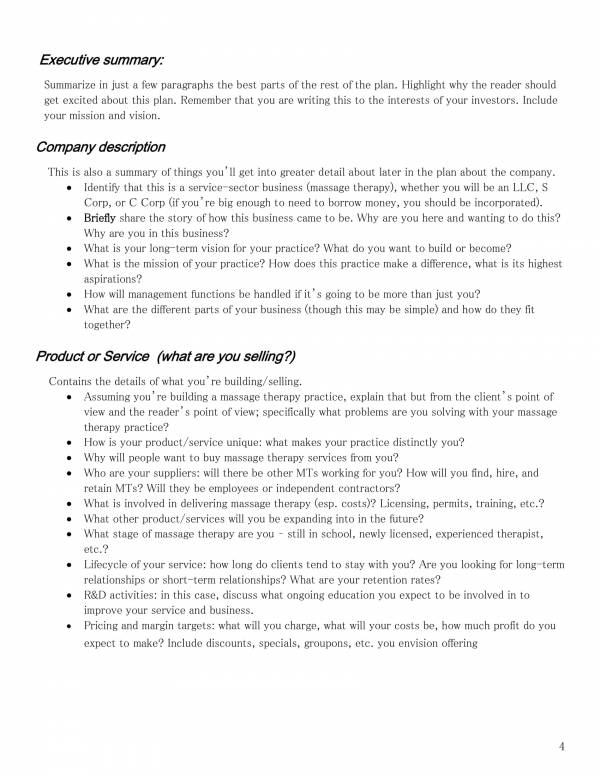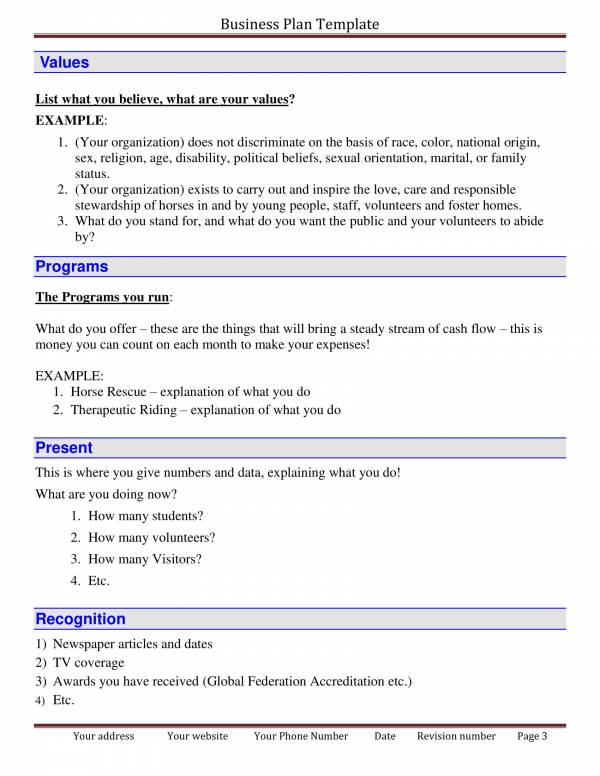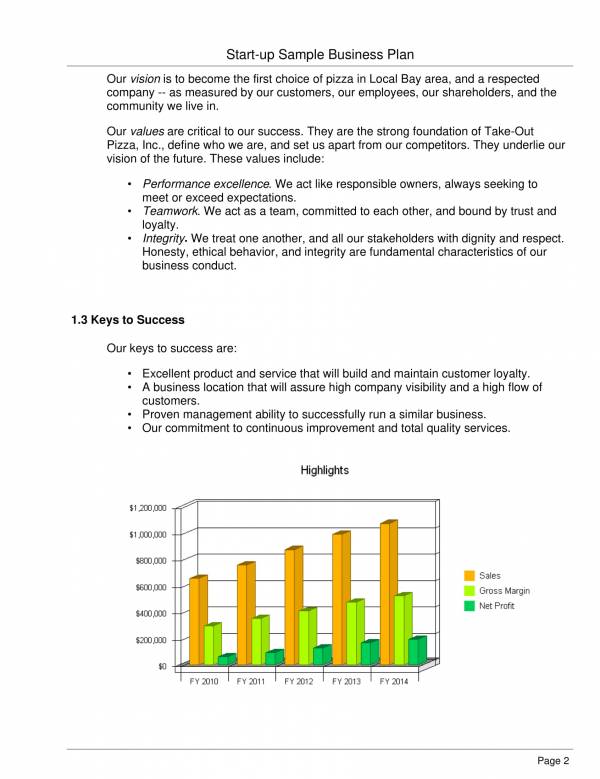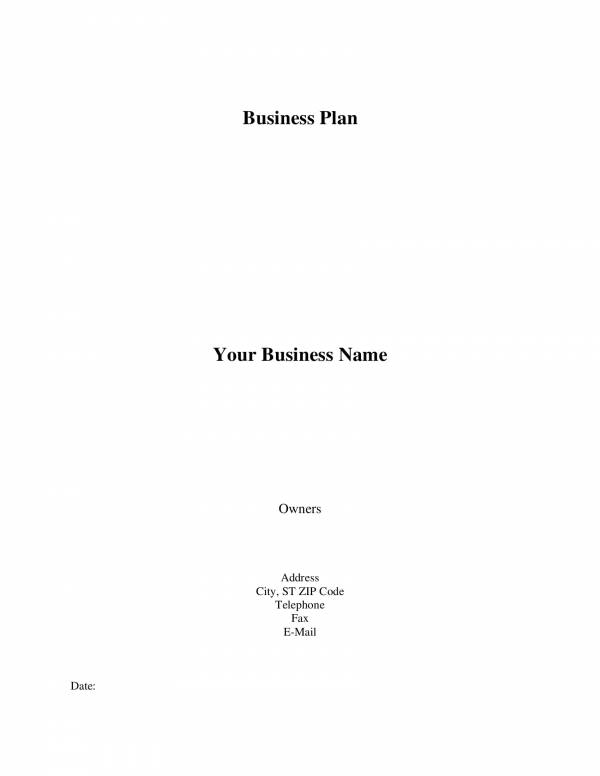Starting a boutique business requires much preparation and one of the first things that a business owner must prepare is a boutique business plan. We will be learning about what a boutique business plan is, enumerate its uses, and learn about the advantages of using business plans templates. Sample business plan templates are also provided below for your reference.
Starting a boutique business requires much preparation and one of the first things that a business owner must prepare is a boutique business plan. We will be learning about what a boutique business plan is, enumerate its uses, and learn about the advantages of using business plans templates. Sample business plan templates are also provided below for your reference.
Boutique Business Plan Template
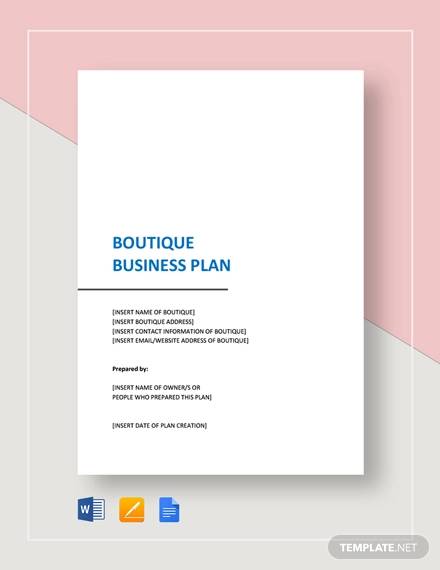
Sample Boutique Business Plan Template
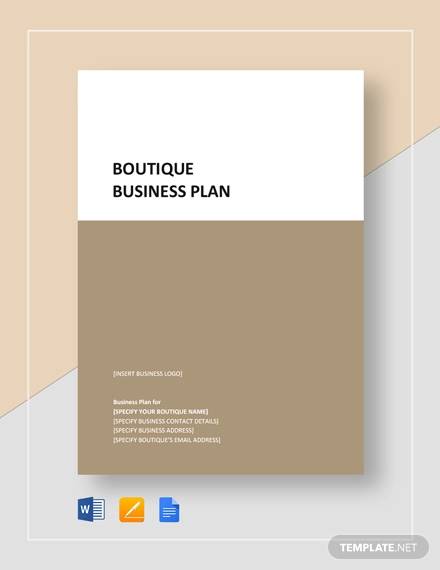
Fashion Business Plan Template

Sample Women’s Clothing Boutique Business Plan
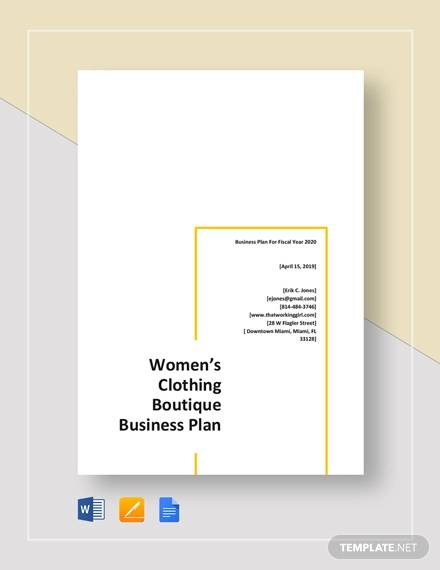
Where do you buy clothes and all other wearable stuff that will make you look presentable and fashionable? You will surely find all these things in a boutique. A boutique is often a small store or a business establishment that sells fashionable clothes and accessories. This business draws the attention of people of all ages, especially those who are into fashion.
Blank Boutique Business Plan Template
Kids Wear Business Plan Sample Template
Online Boutique Business Plan Template
Sample Strategic Business Plan Template
Clothing Retail Business Plan Template
Flourish Boutique Business Plan Sample Template
Business Plan Template
Business Plan for a Startup Business Template
Editable Business Plan Template
Short Business Plan Template
Business Plan Template With Instructions
What Is a Boutique Business Plan?
A boutique business plan is a formal document that is created to describe a boutique business. The business plan is created as part of the preparation for starting up a boutique business, including methods on how the business should be run and managed.
Writing a business plan for your boutique business helps you clarify the ideas that you have and want for your business. After the new business has been successfully opened or started, the business plan is then used as reference on how business processes should be done, just like how a manual is used.
What Are the Uses of a Boutique Business Plan?
Boutique business plans are not only lengthy and detailed just for the sake of it, but they have a number of important uses and they are listed below.
- A boutique business plan is written to put one’s business ideas into writing so that they can actually be realized, finalized and later on implemented.
- The business plan details what the business is all about, what it does, what its goals and objectives are, and how it is going to operate once the actual business operation starts.
- Preparing a business plan is like preparing your boutique business for all the business challenges ahead of it.
- A boutique business plan is used as a road map that provides direction to the business. The success of the business depends on how well the plan is made.
- In a business plan, an organizational chart is provided which identifies the owners of the business, the departments that it has and the key employees who are part of it. The management team and the board of directors are also identified in the business plan.
- Writing a business plan can help businesses identify foreseeable future problems and find ways on how it can be resolved to save the business and lead it to success.
Those are just some of the uses of a boutique business plan. Other related articles you may find useful are Lean Business Plan Templates, HVAC Business Plan Templates, and Advertising Agency Business Plan Templates.
Detailed Business Plan Template
Start-up Sample Business Plan Template
Blank Business Plan Template
Advantages of Using Business Plan Templates
What are business plan templates? Business plan templates are ready-made documents that provides complete and essential details for planning a business. Business plan templates can be used regardless of what type of business you will be writing a business plan for as long as it is appropriate and applicable for your needs. The following are the advantages of using business plan templates.
- Easy and convenient to use. You can say that a business plan template is indeed easy and convenient when you actually start using it. There are spaces provided for in the template and all you need to do is fill them in with the required information. This is how you complete the template to create an actual business plan.
- Complete and reliable. All of the information that you need in a business plan is already provided in the business plan template so you will surely not miss any important details. A complete business plan is a reliable business plan.
- Editable and printable. Business plan templates are made available in different file formats so that it will be easy for anyone to edit or make changes using their preferred application or software. Making changes to the document allows the user to personalize and make the contents of the business plan appropriate.
- Available online. Scarcity has never been and will never be an issue when it comes to finding business plan templates. This is because a lot of different types of business plan templates are available online. The good part is that most websites offer them for free download so you don’t have to worry about spending a penny.
- Saves time. With the use of business plan templates, you will no longer have to make the same document whenever you need it. This not only saves you a lot of time, but it also allows you to save brain power. Business plan templates help you finish tasks quicker allowing you to work on other tasks and become more productive.
Now that you know the advantages of using business plan templates, you will surely want to start using them now. You can find different types of business plan templates on our website, like Food Truck Business Plan Templates, Lawn Care Business Plan Templates, and Business Plan Templates in Word.
Related Posts
FREE 17+ Construction Business Continuity Plan Samples in MS Word | Google Docs | PDF
FREE 11+ Construction Business Development Plan Samples in MS Word | Google Docs | PDF
FREE 20+ Budget Planning Samples in PDF
FREE 20+ Workout Plan Samples in MS Word | Google Docs | Pages | PDF
FREE 20+ Lesson Planning Samples in PDF
FREE 14+ Employee Work Plan Templates in PDF | MS Word
FREE 8+ Sample Weekly Meal Plan Templates in PDF
FREE 17+ Sample Classroom Management Plan Templates in PDF | MS Word
FREE 13+ Homework Planner Samples and Templates in PDF | MS Word
FREE 14+ Leadership Development Plan Samples in MS Word | Pages | Google Docs | PDF
FREE 15+ Sample Math Lesson Plan Templates in PDF | MS Word
FREE 11+ Gym Business Plan Templates in PDF | MS Word
FREE 13+ Sample Lesson Plan Templates in MS Word | PDF
FREE 15+ Music Lesson Plan Samples in MS Word | PDF
FREE 19+ Construction Safety Plan Templates in PDF | MS Word

